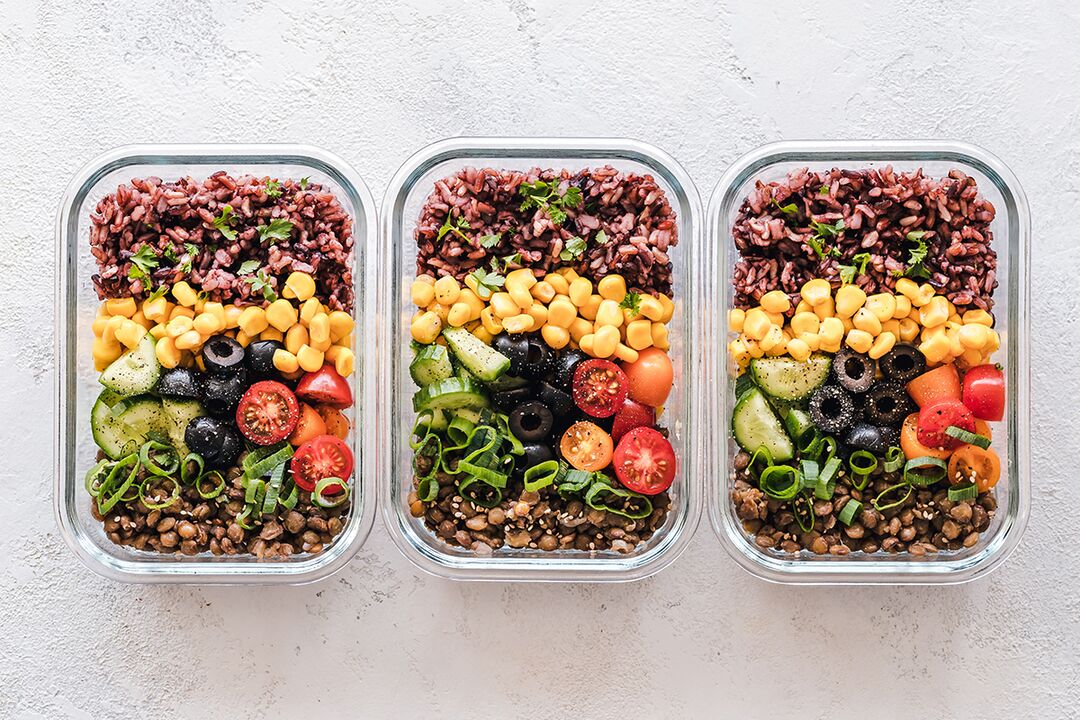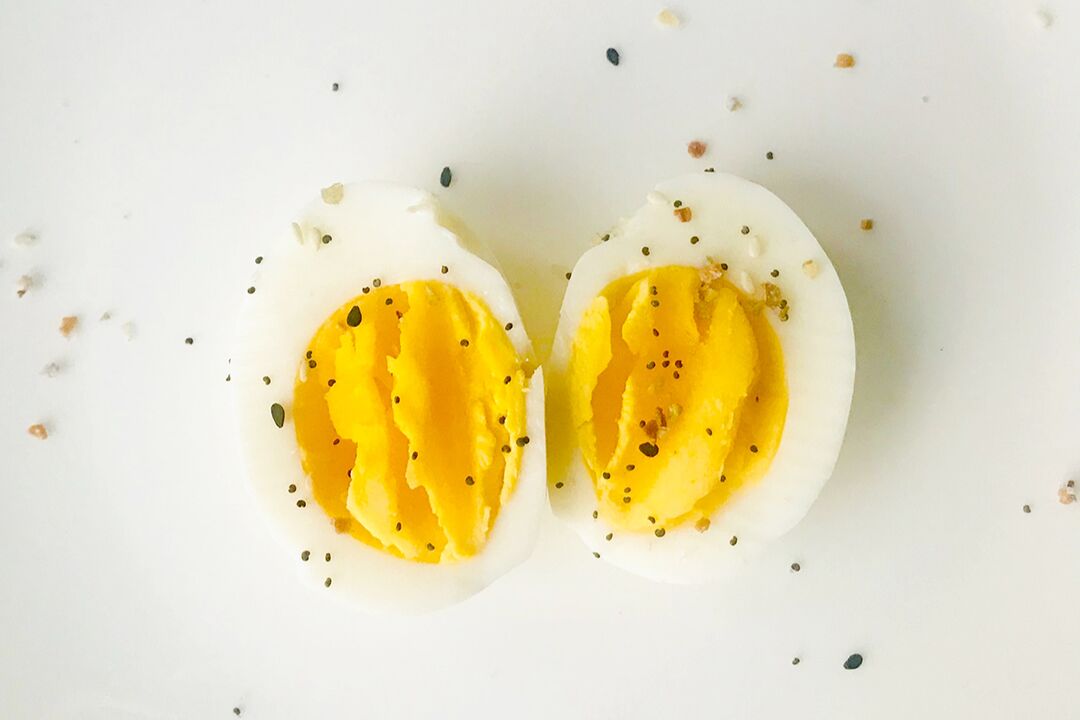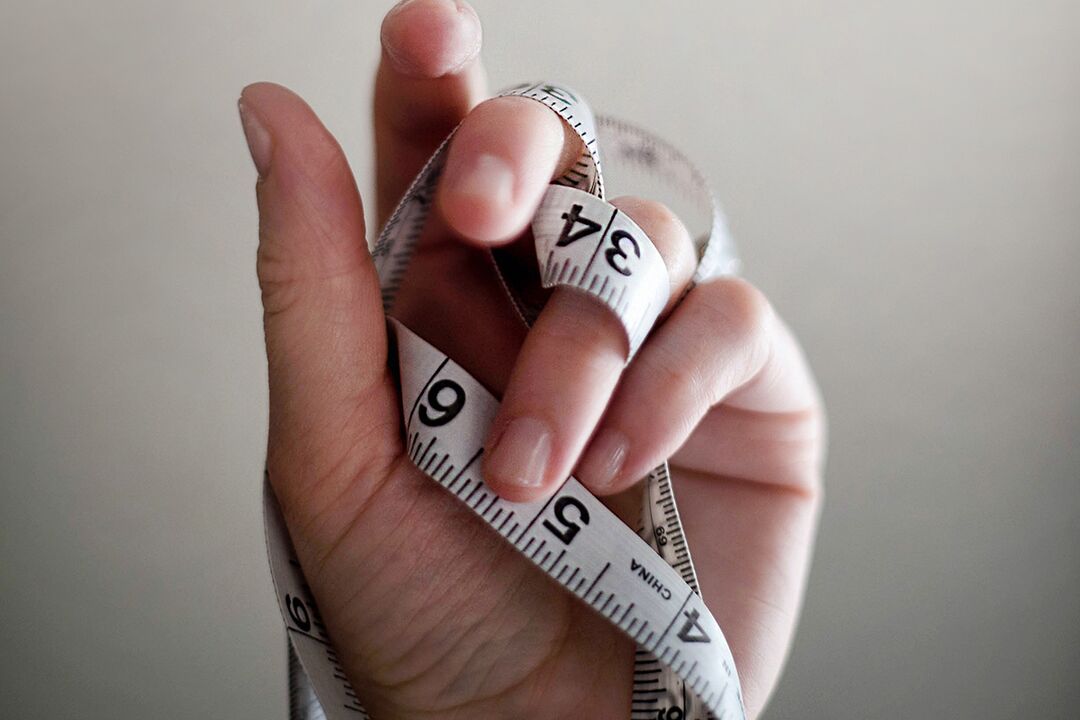
The Duncan Diet is one of the most advertised weight loss methods. Understand how the diet works, what is the "right" weight, and why following a Dukan can be dangerous.
Who is Pierre Duncan?
The creator of the popular diet is not a nutritionist, but a therapist. Pierre Dukan was practicing general medicine when an obese patient came to see him in 1970. The man admitted that for the sake of weight loss he was willing to give up any food except meat. The doctor developed a diet based on lean meats, non-starchy vegetables, and a minimal amount of fruit. The prerequisite is the rejection of the road.
Such a diet, Duncan argues, is best for natural metabolism: primitive people ate meat, vegetables, and seasonal fruits. Road to our knowledge is inaccessible to him and therefore it should be abandoned for now.
After 30 years of experimentation and observation, Pierre Duncan released the book I Can't Lose Weight, which became a bestseller in 32 countries. The new method promises the ability to lose 5 kg in one to two weeks without limiting food intake.
Celebrities openly praise the new approach that has increased the popularity of Duncan's designs. Jennifer Lopez and Gisele Bündchen adopted the diet to lose weight after pregnancy and childbirth. Welsh singer Catherine Jenkins has vowed to stay in shape by implementing Duncan's plan.
In 2012, the French Council of Physicians pointed out that dieticians violated ethical principles by turning medicine into a commercial enterprise. In 2014, Pierre Duncan was expelled from the list of doctors for advertising and promoting this method.

How the diet works
The Duncan diet implies a protein diet with a minimum of carbohydrates and fats. The program includes 100 products that can be eaten in any volume in the first weeks.
This approach largely mirrors the ketogenic diet and other low-carb meals, in which the body is rebuilding itself for energy from fats and proteins. The high protein content of foods helps to balance insulin production and reduce production of ghrelin, the hunger hormone. We are fuller faster and eat less. However, the Duncan diet restricts not only carbohydrates but also fats. The safety and benefits of this approach are not supported by research.
Before moving on to a Duncan meal plan, you need to calculate your "correct" weight. This can be done using a special calculator. The calculation is based on data on height, maximum and minimum weight, age, structural features of the body. The calculator was developed by Pierre Dukan, so the results should be scientifically verified and in consultation with your doctor.
Duncan's diet is divided into four phases:
- Attack.
- Alternate.
- Mooring.
- The stability.
Noticeable weight loss has already begun in the offensive phase, which motivates you to continue eating the Duncan method. The reason for rapid weight loss is dehydration, because the body lacks carbohydrates, the body loses fluids. However, experts do not confirm the long-term effectiveness of the method and the health benefits of the diet. Let's find out how the diet works and why it has so many contraindications.
Stages of the Duncan Diet
The diet consists of four parts, the duration of which depends on the calculated "correct" weight. The first two phases are aimed at weight loss, and the final stages are aimed at consolidating achievements. During the attack, only protein-rich foods are allowed. Then add non-starchy vegetables, limit fat, and add carbohydrates.
The timing of attacks, rotations, and enhancements depends on how much weight you need to lose to reach the "right" weight. The final phase, which must be followed continuously, combines a fixation phase diet and weekly protein days in an attack pattern.

1. Attack
This phase lasts from two to seven days. If you need to lose 20 pounds or more to reach your "right" weight, this phase can take longer. The meal plan includes 68 protein foods and several supplements:
- meat: beef, veal, venison and other animals, pork, lean pork belly and soybeans, liver, kidney, tongue;
- poultry: chicken fillet and liver, turkey, wild duck, quail, low-fat turkey and chicken sausage;
- fish and seafood: unlimited, including domestic canned tuna;
- vegetarian protein: seitan - vegetable protein, wheat gluten-based meat substitute, veggie burgers and soy products, tofu and tempeh;
- eggs: chicken, quail, duck;
- low-fat dairy products: milk, yogurt, cheese, ricotta - no more than 1 kg per day.
The daily diet should have 1. 5 tablespoons of oat bran and at least 1. 5 liters of water. You can also add a tablespoon of goji berries, sweetener, shirataki noodles, and unlimited diet gelatin.
You need to do 20 minutes of physical activity every day.
2. Alternate
The time it takes to gradually reach the correct weight takes from a month to a year. The diet from the previous period alternates every day with a lighter and more extensive menu - 32 vegetables are added:
- spinach, kale, lettuce and other greens
- broccoli, cauliflower and Brussels sprouts;
- Bell pepper;
- mushroom;
- celery;
- asparagus;
- artichokes;
- zucchini;
- tomato;
- green bean;
- onion;
- pumpkin and pumpkin spaghetti;
- turnip;
- Cucumber;
- a carrot;
- sugar beet.
Allow one teaspoon of olive oil for salad dressing or cooking in a skillet and two tablespoons of bran. The duration of physical activity is 30 minutes.
3. Neo
The duration of this phase is determined at the rate of ten days per kilogram lost. The goal is to prevent a return to the original weight. You can mix any products from the first two stages, as well as add a limited amount of fats and carbohydrates:
- fruit: chopped berries or melon (100 g), one medium apple, orange, pear, peach, nectarine, or two kiwis, plums or apricots;
- two slices of whole grain bread per day;
- cheese, 40 g per day;
- starchy foods, 225 g per day: pasta, corn, beans, beans, rice or potatoes
- meat: roast beef, pork, or ham once or twice a week.
Twice a week you can have a festive meal: starter, main course, glass of wine and dessert. One day a week should be protein (attack pattern). Bran - 2. 5 tbsp, physical activity - 25 minutes.

4. Stable
The final step to help maintain the "right" weight. There are no strict dietary restrictions, but you need to adhere to a few guidelines:
- products from the immobilization phase should be considered the basis of nutrition;
- keep one protein day a week;
- walk for at least 20-30 minutes a day;
- Drink 1. 5 liters of water and eat at least 30 g of bran per day.
The final step involves following your meal plan at all times with a list of 100 foods with few additions.
Menu for the early stages
Attack
- Breakfast: low-fat cottage cheese mixed with bran and cinnamon, coffee or tea, water. Skim milk and sweetener can be added to tea and coffee at any meal.
- Lunch: Pan-fried chicken breast, shirataki noodles in broth, diet gelatin, iced tea.
- Dinner: steak and shrimp, diet gelatin, coffee or tea, water.
alternate
- Breakfast: scrambled eggs from three eggs, tomato slices, coffee, water.
- Lunch: Fried chicken and salad with French dressing, Greek bran yogurt, iced tea.
- Dinner: grilled salmon fillet, steamed broccoli and cauliflower, diet gelatin, decaffeinated coffee or tea, water.
Mooring
- Breakfast: an omelet of three eggs with cheese (40 g) and spinach, coffee, water.
- Lunch: one turkey with two slices of wholemeal bread, 80g cheese mixed with bran and cinnamon, iced tea.
- Dinner: sautéed pork and grilled zucchini, a small apple, decaffeinated coffee, water.

The effects of the Duncan diet
No single diet will provide lasting weight loss, and any diet can be unhealthy. After temporary weight loss, people return to their former state, and sometimes they recover more strongly than they did before the dietary change. A safe and effective way to achieve your desired weight and stay healthy and in good shape is with the help of a medical professional to choose an appropriate diet and lifestyle that can. observed reality on a regular basis
. . .There are many scientific publications that focus on the effectiveness of a high-protein, low-carbohydrate diet. However, there are very few eligible studies following the Duncan method.
In 2015, data from 50 women aged 19-64 years were pooled in Poland, who followed a Duncan meal plan and consumed approximately 1, 000 calories per day, including 100 g of protein. . Study participants lost 15 kg in 8-10 weeks.
In January, USNews & World Report, one of America's top three weekly newspapers on economics, politics and health, published the dietary rankings of 23 experts. Duncan's diet is last on the list, receiving 1. 9 points out of 5. Experts rate the diet's effectiveness as 2. 5 and health benefits as 2. According to doctors, there is no evidence that Duncan's weight loss can be long-term and safe, while the list of products is unreasonably limited and the dietary rules are overly complicated. One expert has publicly called this diet "stupid".
The diet is effective for the first few weeks. There is no scientific research to support sustainable weight loss, and the long-term effects of the diet have not been studied either.

The harmful effects of the Duncan diet
This diet is probably suitable for healthy people over the age of 18. The method is not recommended for chronic diseases of the gastrointestinal tract, metabolic disorders, hormonal disorders, pregnancy, lactation.
The diet has all the downsides of a low-carb diet, as well as some specific side effects, as many healthy foods are left out of the meal plan.
Lose weight fast
According to British nutritionists, the main disadvantage of the Duncan diet is that it can be harmful to health:
- Initial weight loss occurs due to dehydration;
- The diet is not balanced, so it is necessary to add vitamins;
- Keep in mind the daily amount of water and servings of oat bran needed to ensure minimal fiber intake.
Risk of disease
Due to the lack of vitamins and beneficial trace elements, the diet can cause:
- Osteoporosis;
- problems with the digestive system and digestive tract;
- heart and blood vessel disease;
- Hormonal disorder;
- disorders of the nervous system.

"Ketogripp"
When changing the diet, painful conditions can occur, which is characteristic of the early stages of a diet with a large amount of protein. The reason you don't feel well is due to a change in metabolism, as the body is rebuilding itself to get energy from fats and proteins. You may experience fatigue, increased feelings of hunger and thirst, difficulty concentrating and sleeping, mood swings, headaches, indigestion, and rapid heartbeat for several days.
Scientists speculate that avoiding this diet could lead to future health problems. And because of the restrictive diet, most people eventually stop eating as planned - they get bored and annoyed when they stick to their list of 100 foods and their rotation rules.
The Duncan diet is probably suitable for most healthy people, but has serious contraindications. Such a diet can cause diseases of the cardiovascular, digestive and nervous systems, as well as hormonal disorders.
Key facts about the Duncan diet:
Each
- the Duncan method helps to lose weight quickly;
- for the first two weeks, you can't count calories and eat foods that are allowed virtually unlimited;
- a large amount of protein quenches hunger and helps to eat less;
- The diet provides for mandatory physical activity.
Against
- rapid weight loss occurs due to dehydration of the body;
- The list of foods is limited so the body doesn't get the nutrients it needs. During the protein days, there are no vegetables in the diet, in the subsequent periods, the amount of carbohydrates is limited;
- dietary fiber content is lower than the standard daily level - 5 g instead of the recommended 25–38 g;
- there is no scientific evidence that the diet leads to sustained weight loss;
- There are no data on the long-term health effects of diet.
Doctor's comments
"The Duncan diet is one of the most well-known ways to lose weight. And this diet has been given to most of the patients who come to me for advice at the right time.
A reasonable question arises: then why do they need the professional help of a dietitian-nutritionist? The answer is simple: the majority of people who lose weight return to their previous eating habits, that is, to their original weight within a few years. Unfortunately, this is the flip side of most diets people follow in pursuit of a slim figure. And the Duncan diet is no exception.
But this is not the most important argument because I do not recommend this diet.
The main harm of this type of nutrition is the deficiency of necessary macro and micronutrients for a long time. Vitamin and mineral deficiencies can be compensated with special biologically active complexes, but this does not replace the natural absorption of natural macro and microelements. Such a deficiency leads to decreased immunity, impaired work of all organs and systems of the body.
Dukan's diet increases the load on the excretory system, the liver, therefore it is absolutely contraindicated in people with chronic liver and kidney failure, pregnant and lactating women, people with impaireddecreased protein metabolism, gout, urolithiasis and gallstones. And also in exacerbations of chronic diseases - gastritis, ulcers, pancreatitis, cholecystitis, pyelonephritis.
The Duncan diet puts a serious strain on the body, the potential harm from it far outweighs the benefits, and the result is very unstable in the long run.
Follow guidelines for optimal nutrition, adequate physical activity, and monitor your sleeping and drinking patterns. The desired result will not be long in coming, and your health will stabilize. "














































































